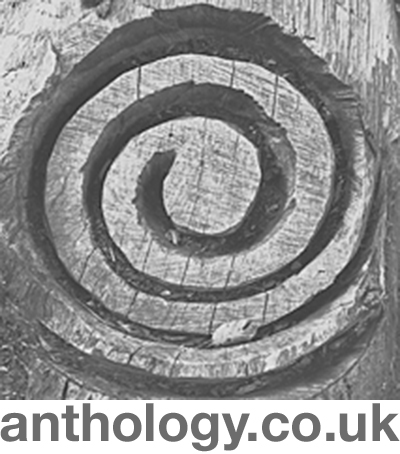|
|
Cannonball Soup
These images form part of an exploration of the folklore and myth surrounding Roger Fenton’s documentation of the Crimean War in response to current concerns regarding AI and fake news.
It has been claimed that Fenton, often incorrectly described as the first war photographer, was sent to the Crimea by Queen Victoria as a propogandist for the War Office and Government - he wasn't. He has also been accused of staging his famous photograph of the ‘Valley of the Shadow of Death’ by arranging cannonballs to create a more dramatic image and exaggerate the danger he faced.
Whilst two variants of the scene exist (with and without cannonballs on the road) and documentary filmmaker Errol Morris has produced a convincing argument that the image with cannonballs on the road was taken second, there is no evidence to suggest Fenton was responsible for moving the cannonballs. Nevertheless, this false claim of ‘fake news’ has entered photographic folklore and, along with similar false accusations against other documentary images, is cited in discussions of fake news and AI
OpenAI software (ChatCPT and Dall-E 2) were used to first suggest and then visualise alternate explanations for the movement of cannonballs before providing a commentary on the ethical implications of both accusation and act.
This work and a related academic paper, were presented at the Royal Photographic Society’s ‘Photography and Artificial Intelligence’ conference in Bristol (October 2023) and will be published in a book of the proceedings in 2024.
Source image 'The Valley of the Shadow of Death', 1855 © Library of Congress - HERE
|
|
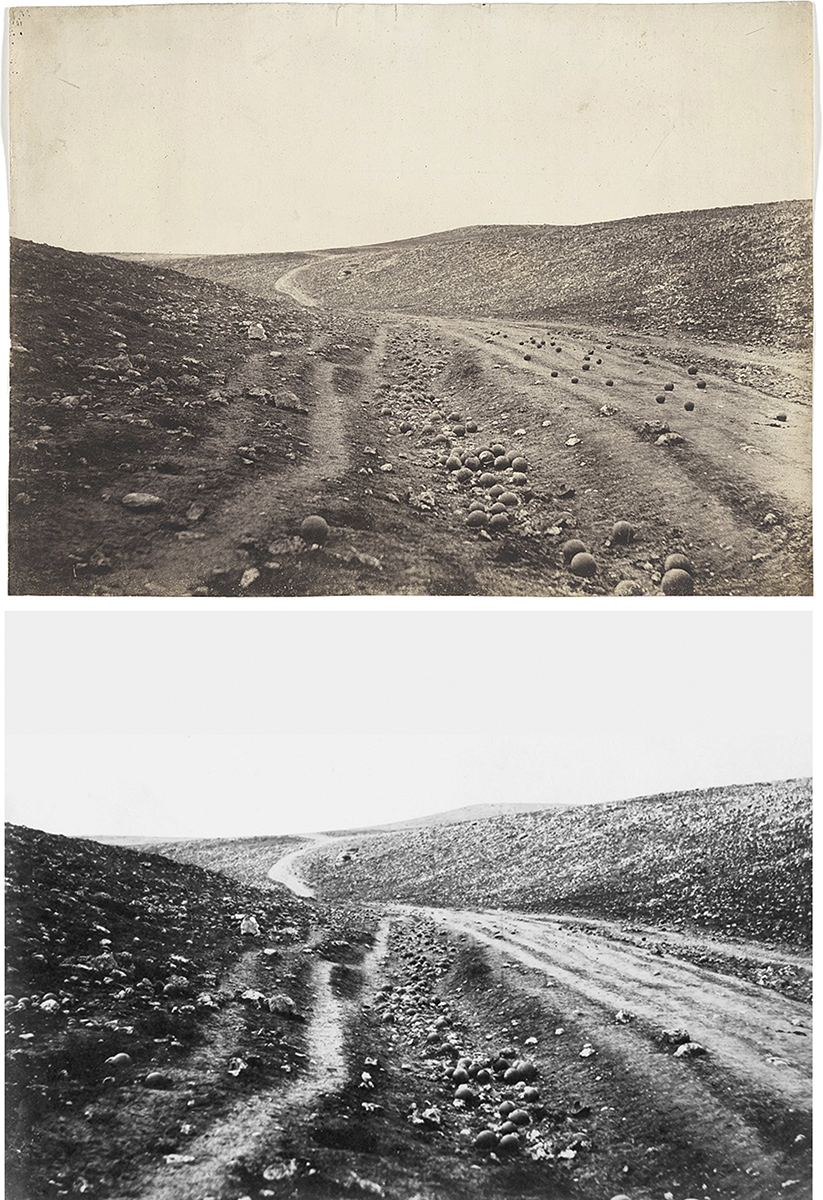
'Valley of the Shadow of Death’ Roger Fenton, 1855. © Library of Congress.
|
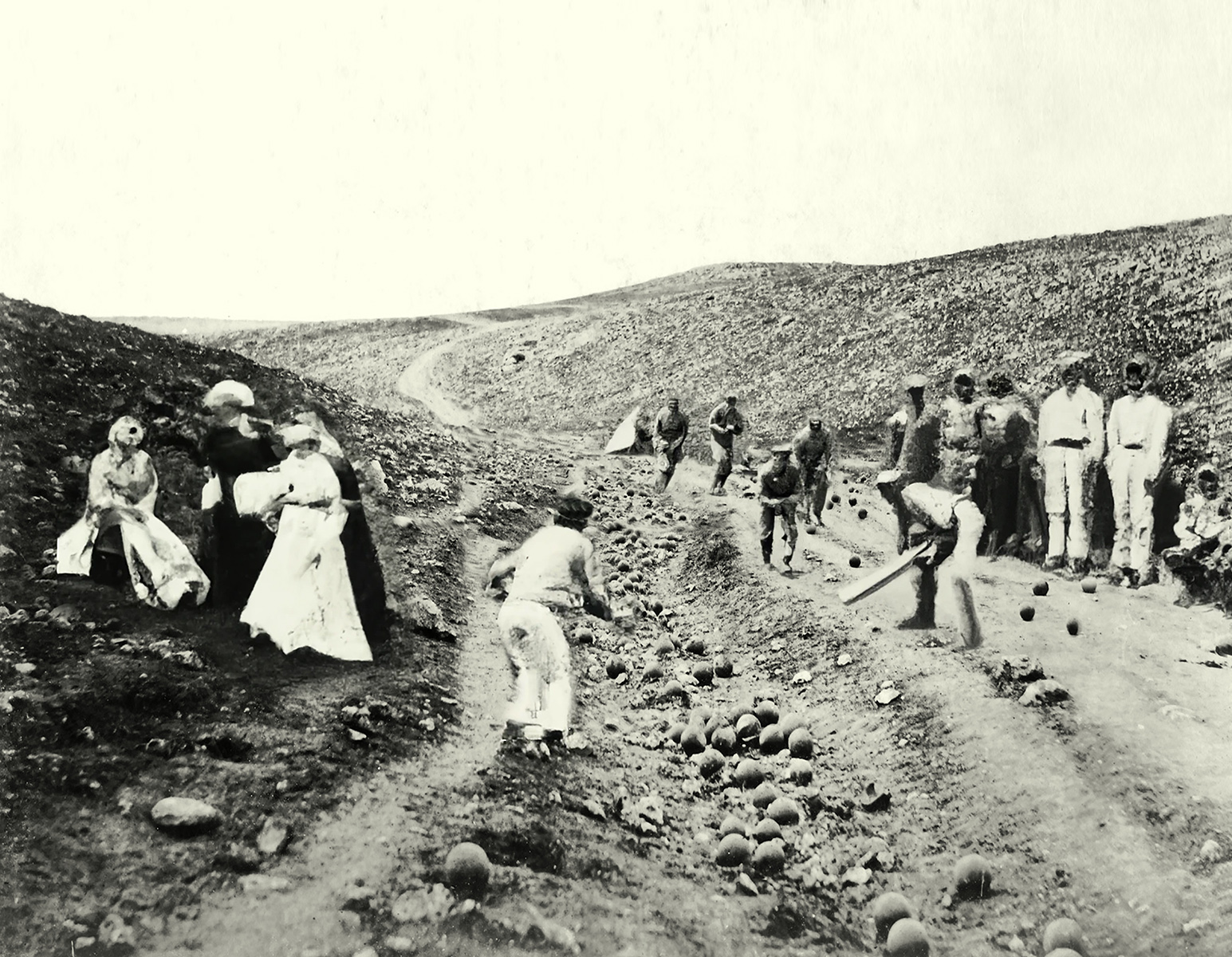
British soldiers engage in a variation of cricket where cannonballs were used as cricket balls, some of which accidentally land on the road during a lively match.
|
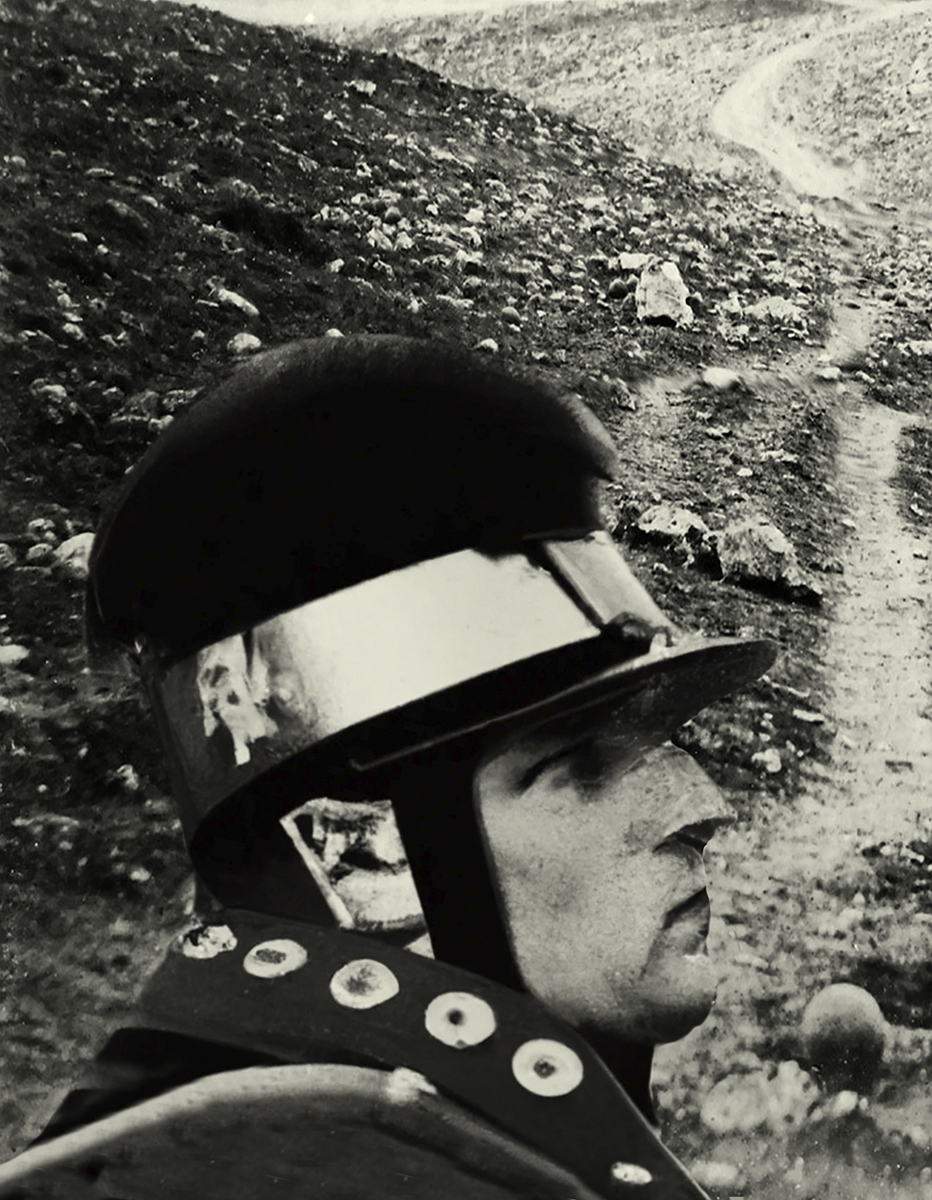
Soldiers scavenge cannonballs for personal gain or to sell them as valuable items
|
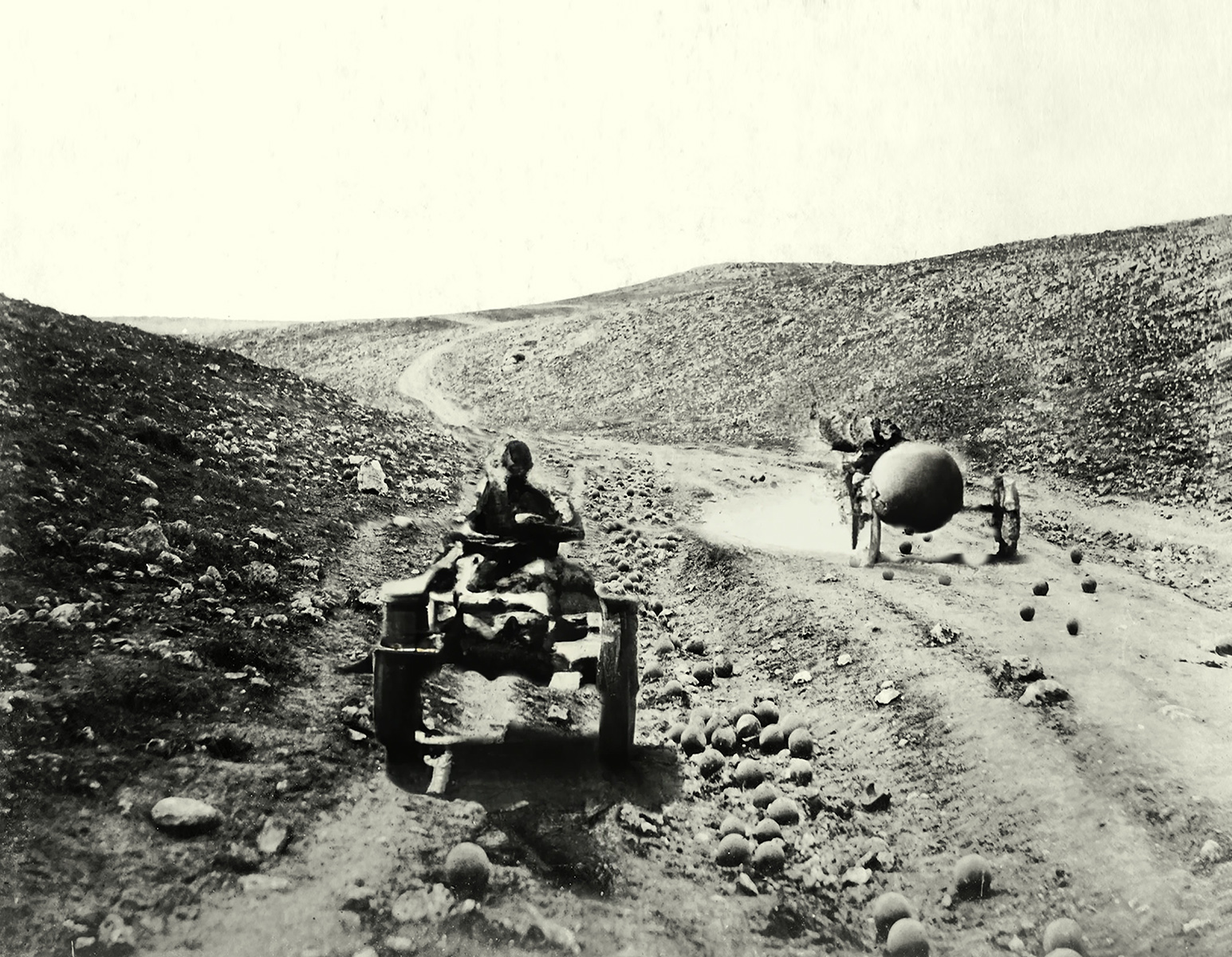
Soldiers devise a thrilling chariot race using carriages with cannonball wheels, the bumpy terrain causes cannonballs to dislodge and scatter
|
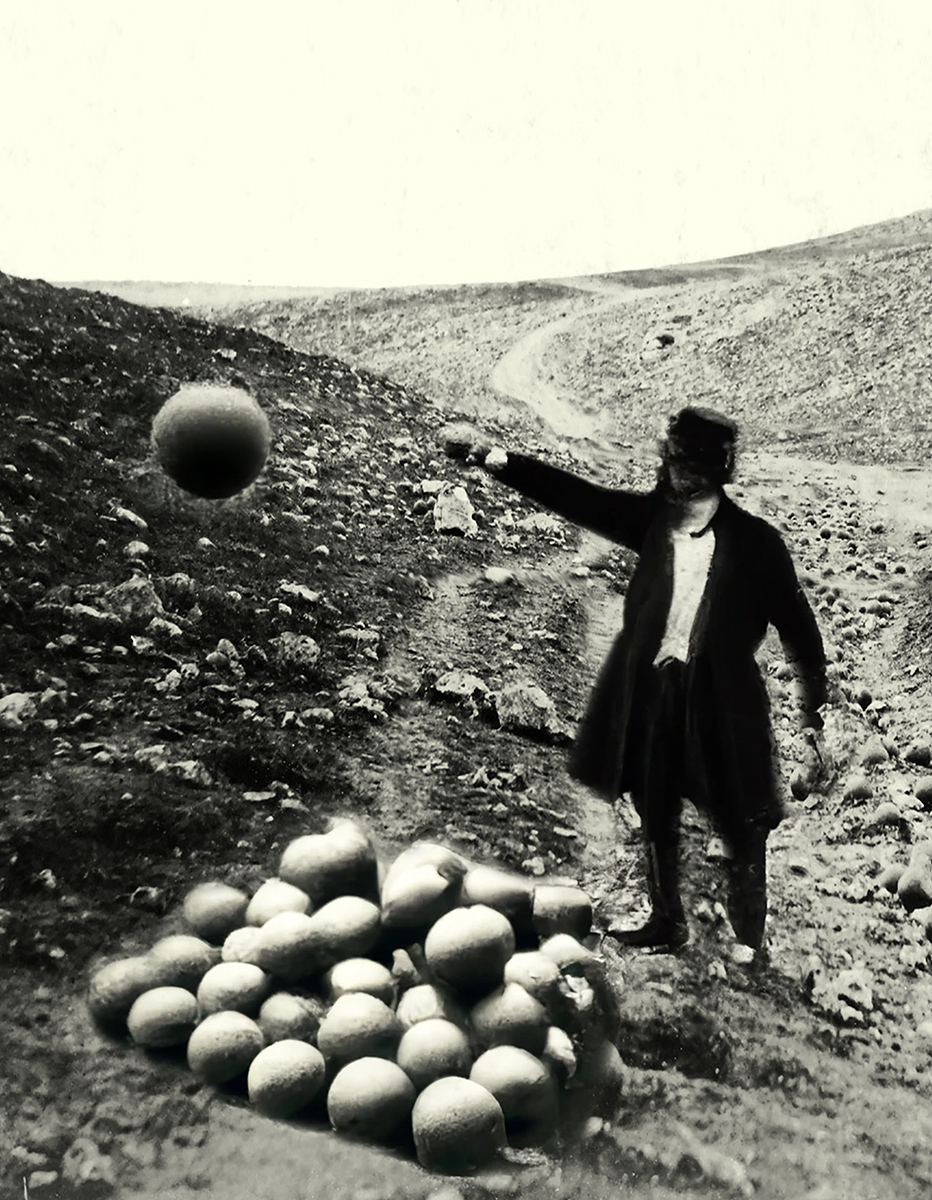
A mischievous group of cannonballs develop the ability to move on their own accord |
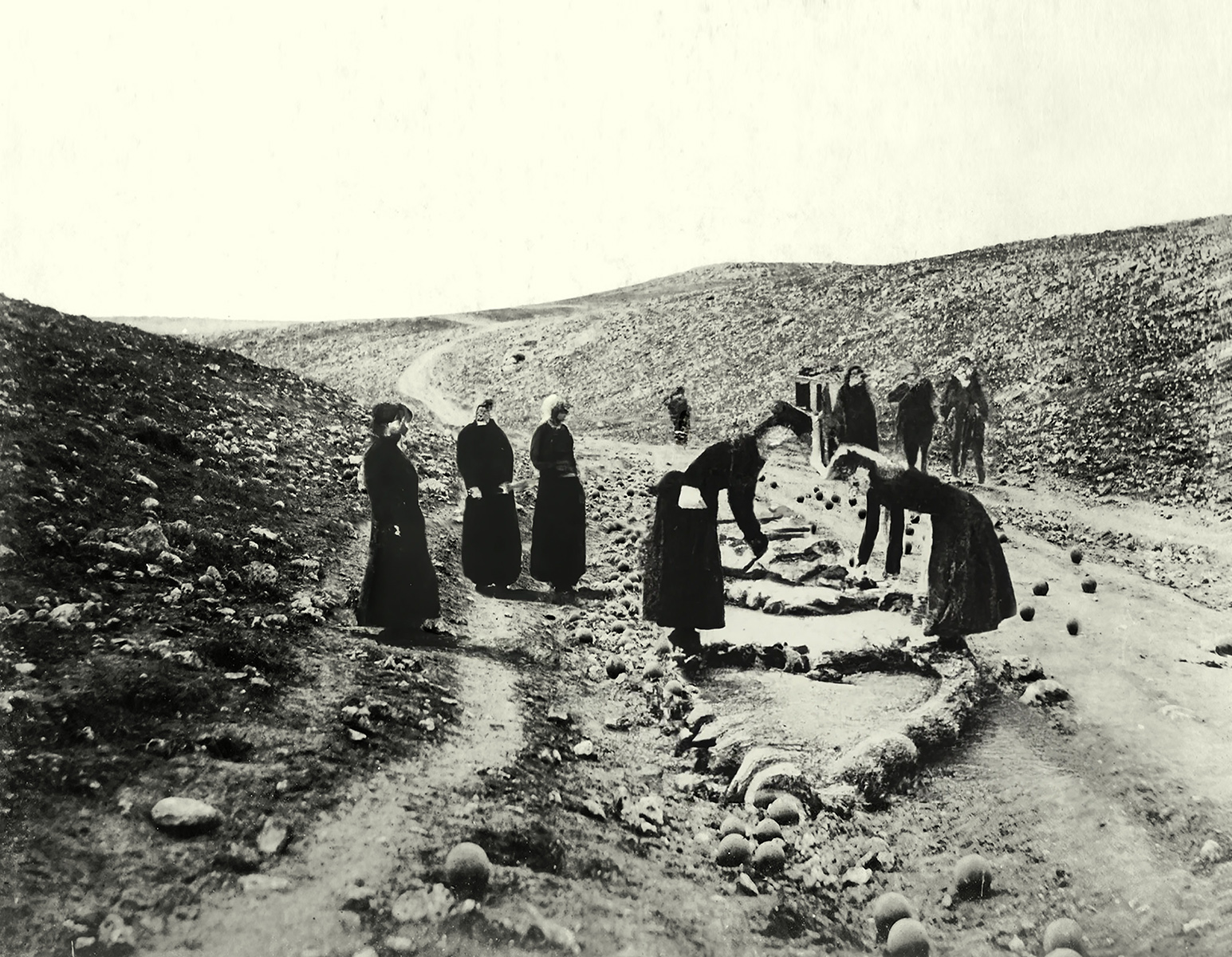
Soldiers' wives, seeking to show their support and affection for their husbands, arrange cannonballs on the road as a romantic gesture
|
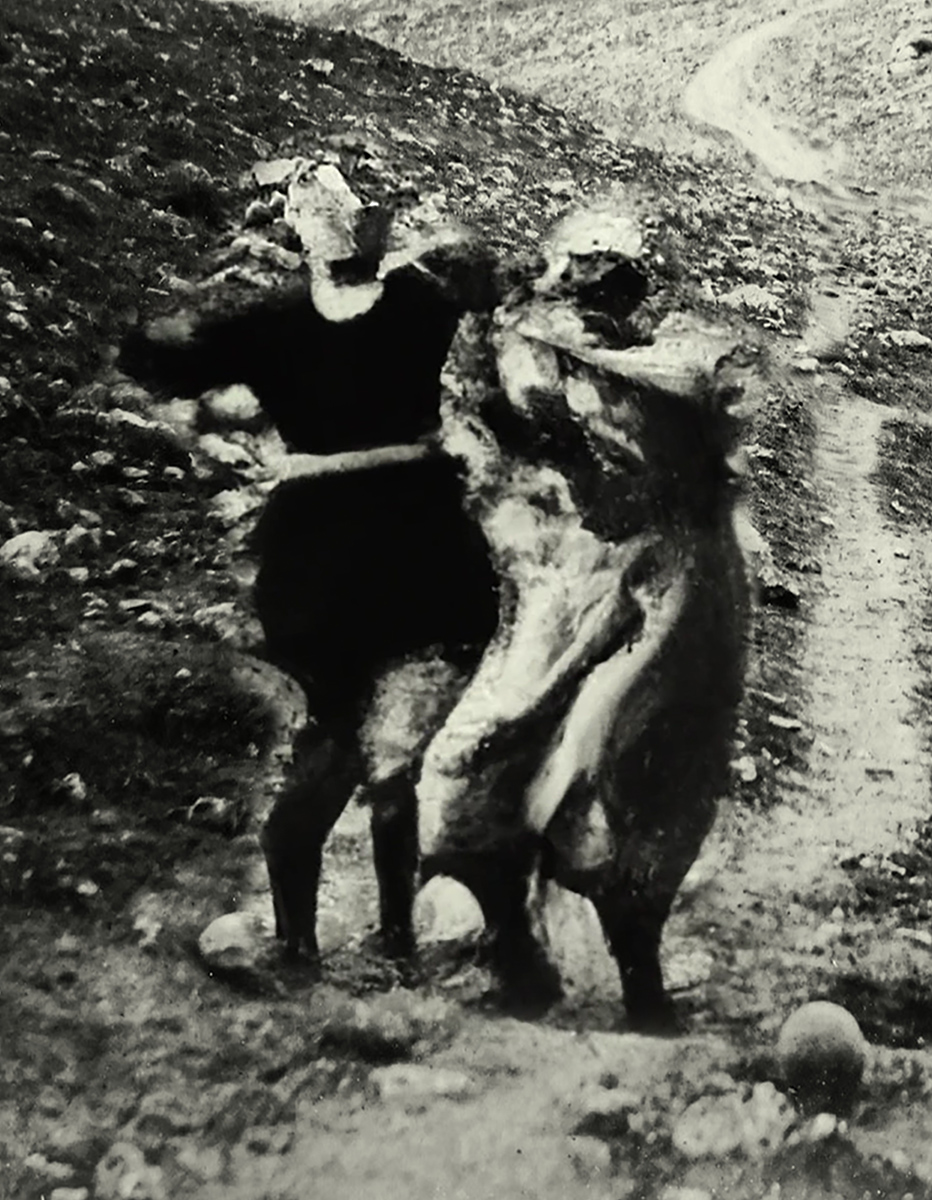
Soldiers engage in a lively dance competition involving cannonballs as props
|
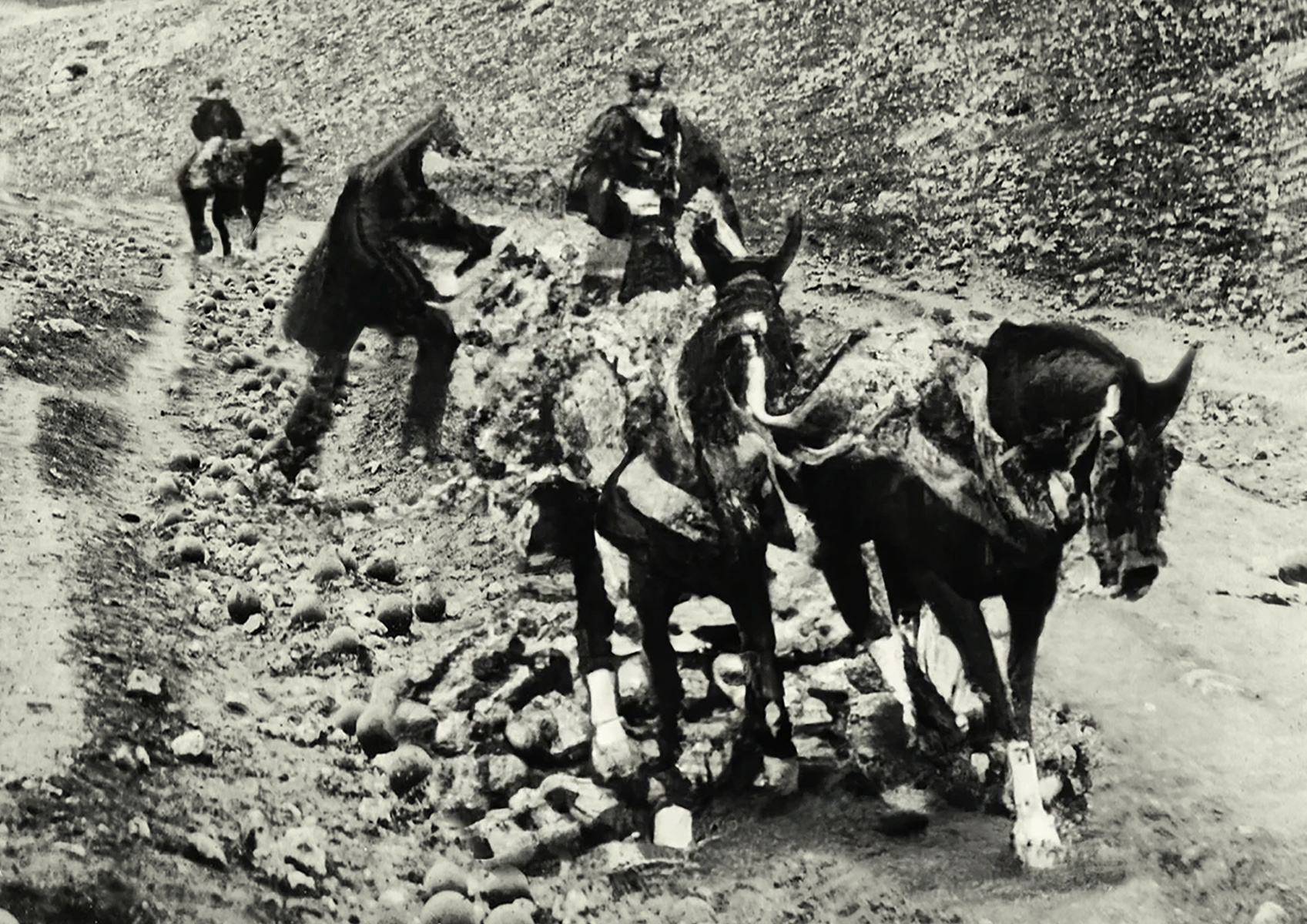
British soldiers collect cannonballs from the road to use as ammunition against the Russian troops besieged in Sebastopol
|
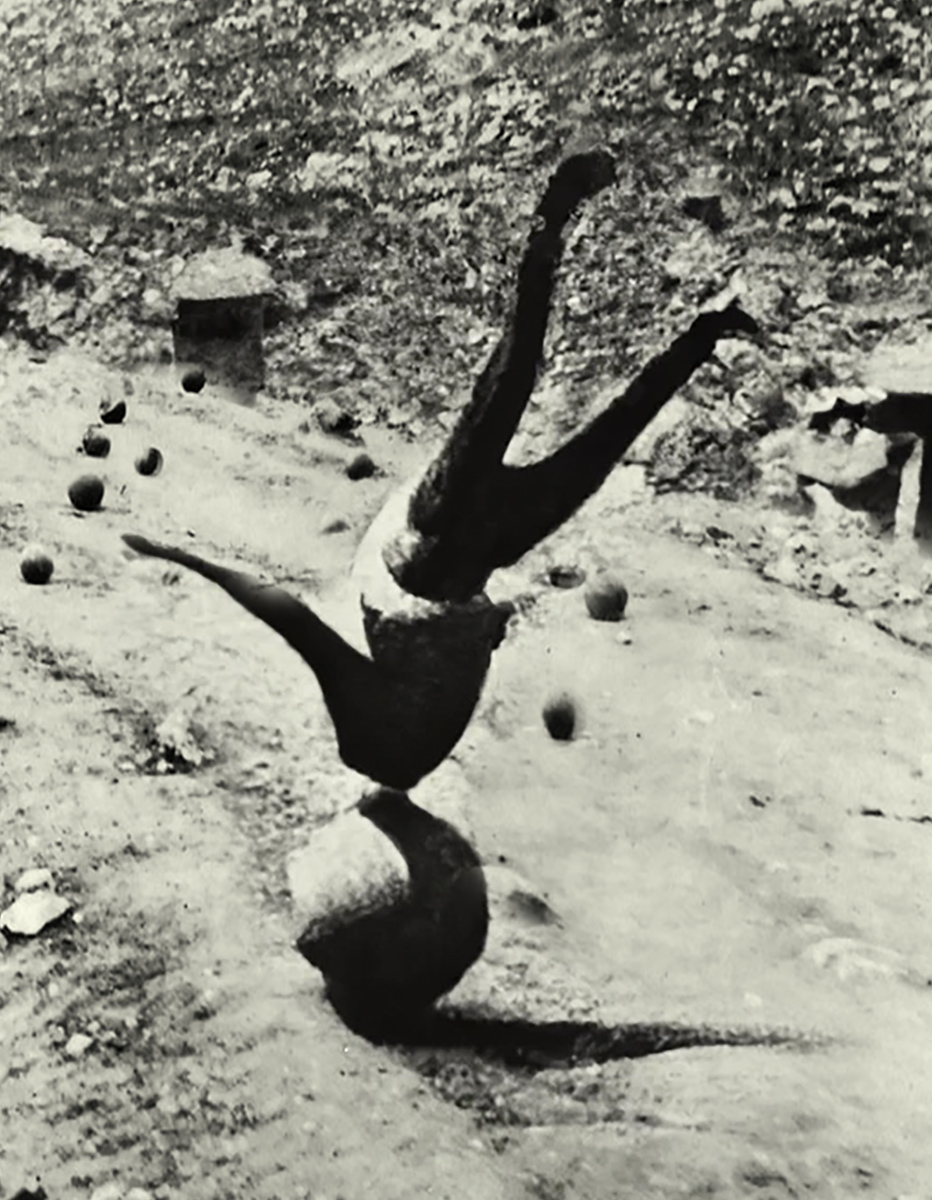
Soldiers practice acrobatic maneuvers using cannonballs as props in a daring performance
|
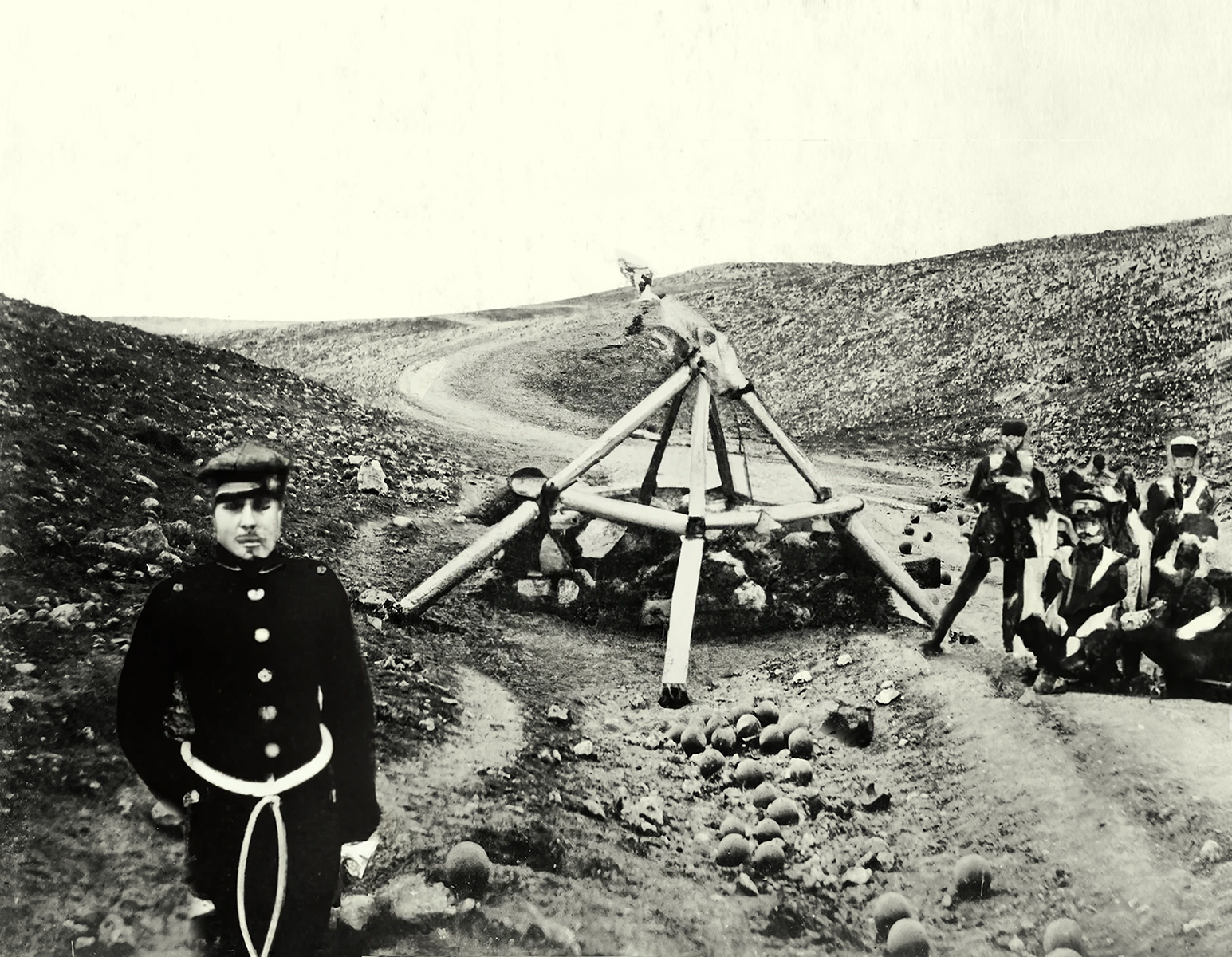
In a comical turn of events, a misaligned or malfunctioning catapult launched cannonballs onto the road instead of their intended targets
|
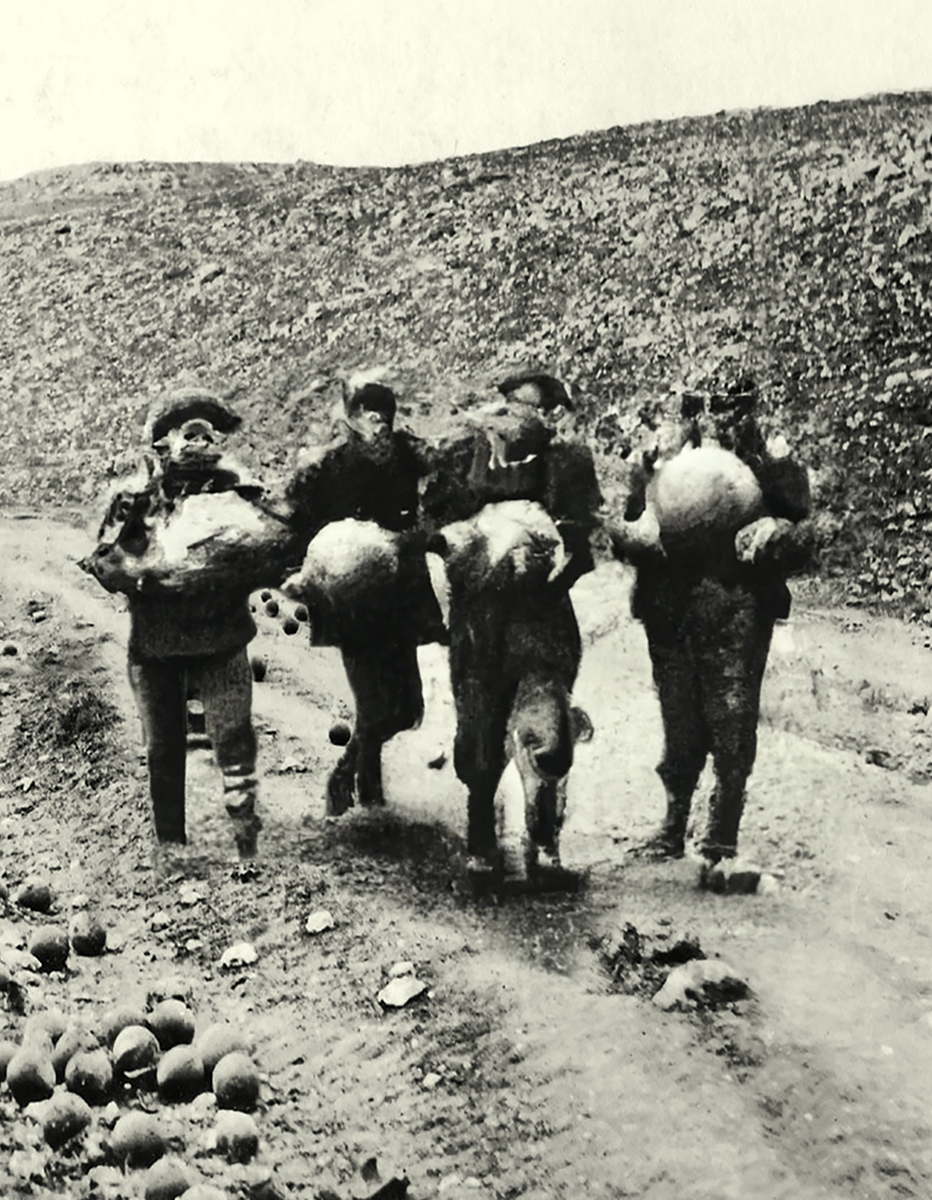
Soldiers are actively engaged in moving or collecting cannonballs due to ongoing warfare |
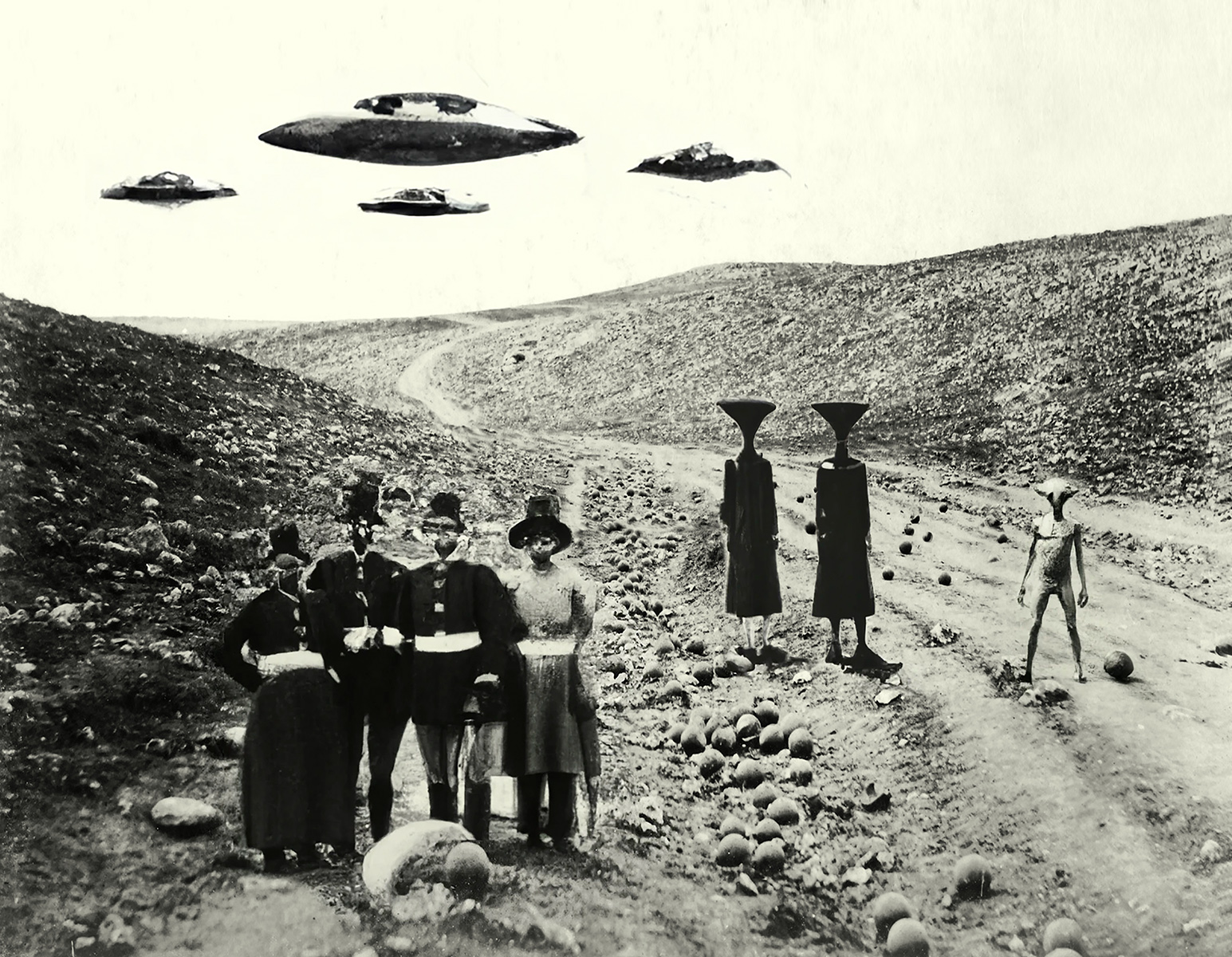
Extraterrestrial beings, observing the conflict from afar, decided to play a prank on the humans by telekinetically moving the cannonballs
|
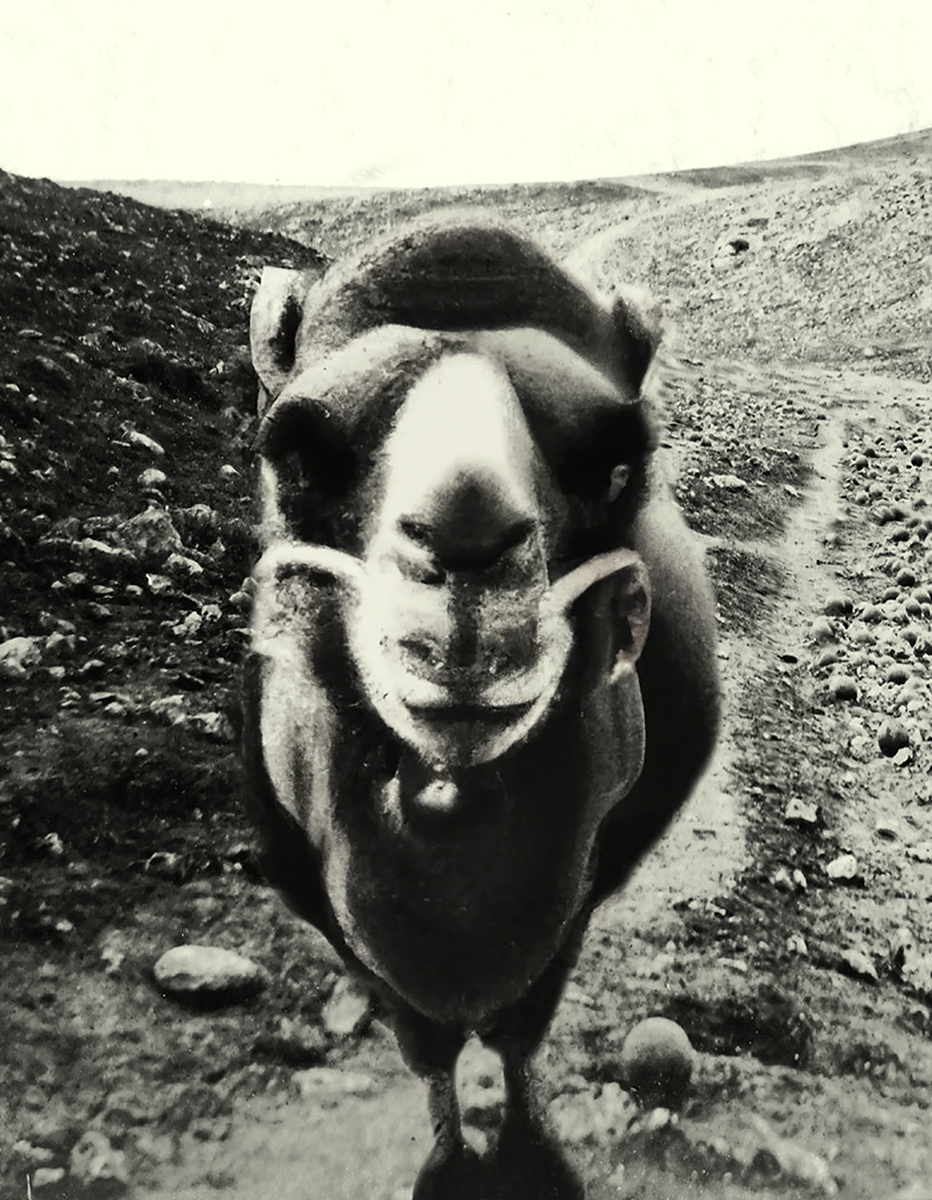
Mischievous camels nudge cannonballs onto the road with their snouts or hooves.
|
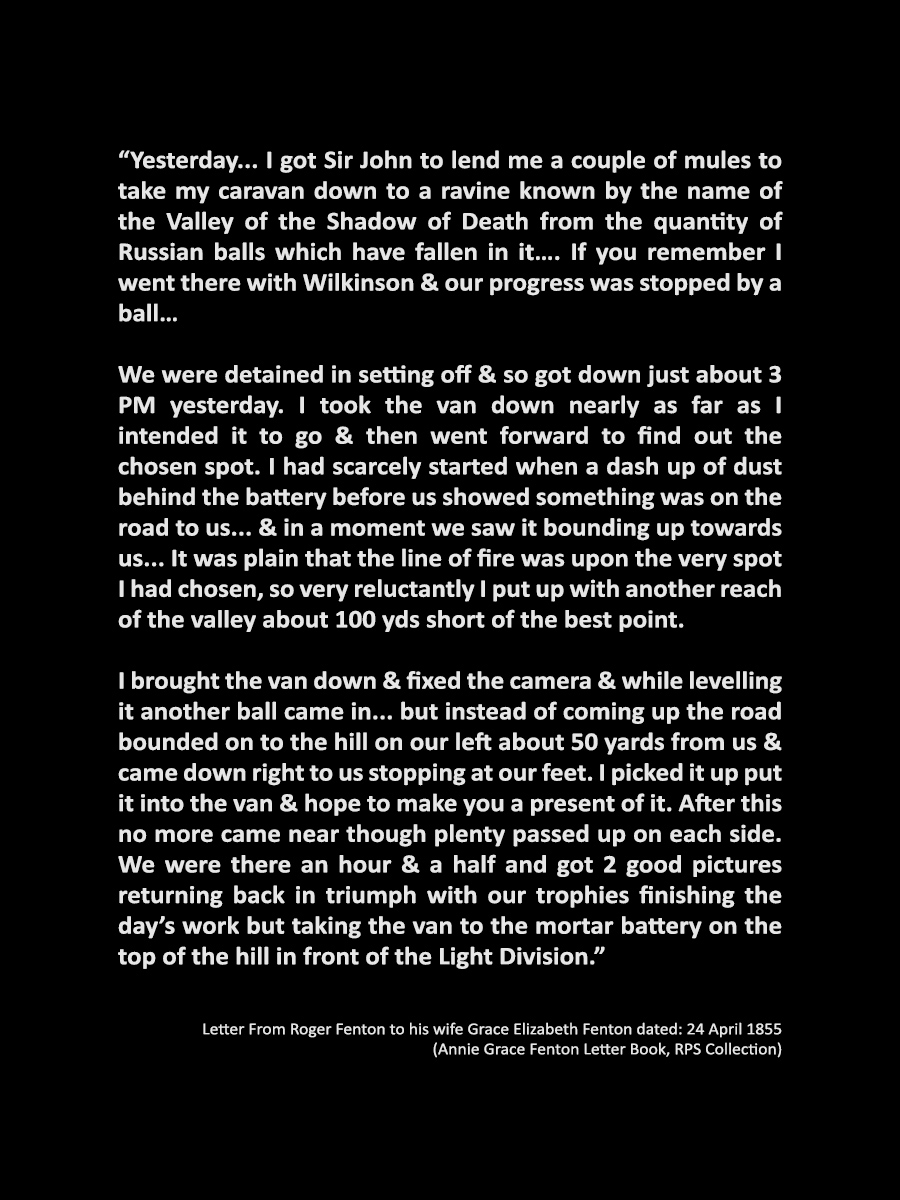
|
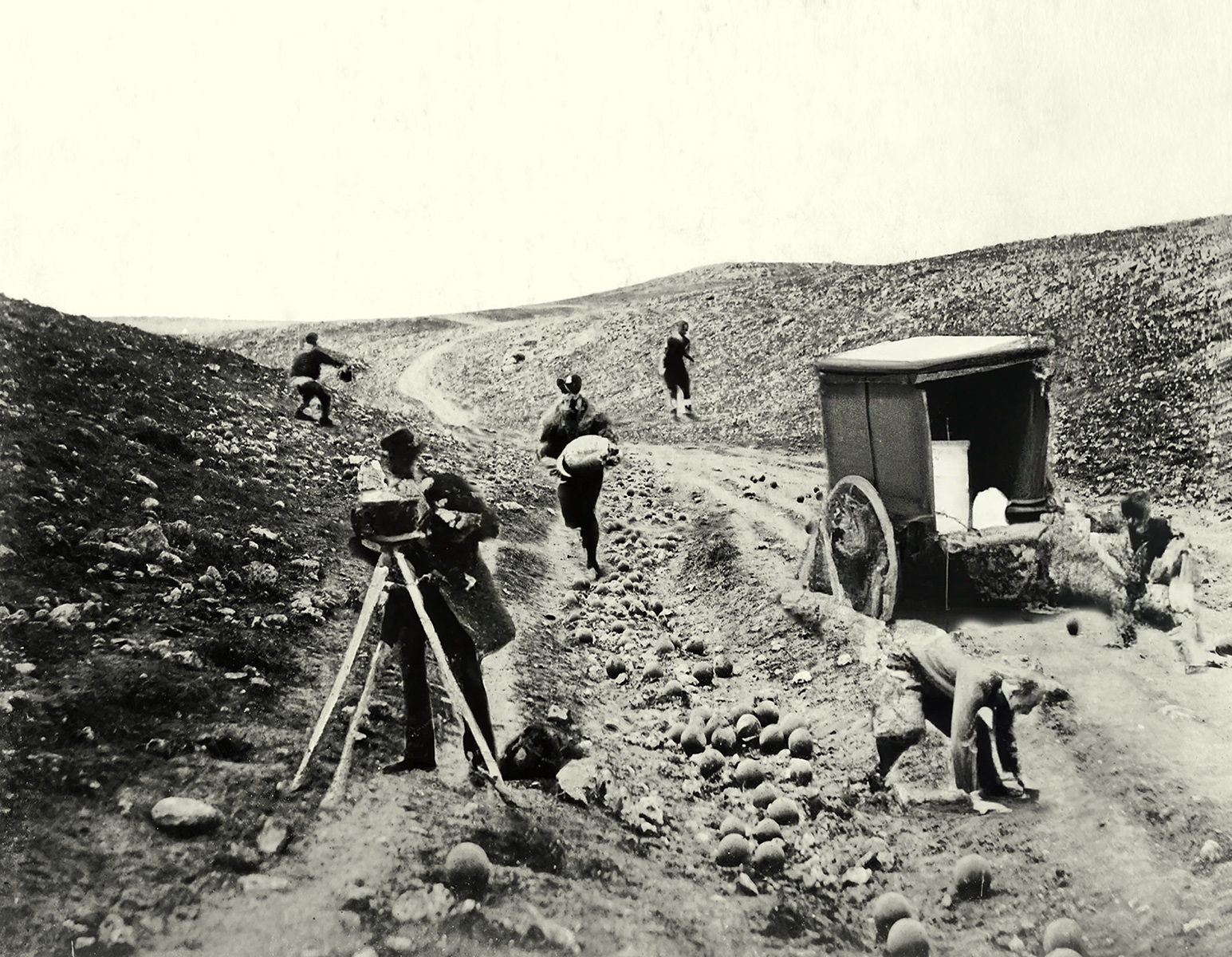
Fenton, his assistant Sparling, or the British orderlies accompanying them, interact with the cannonballs inadvertently or intentionally rearranging them
|
|
